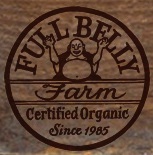
full belly farm logo.jpg
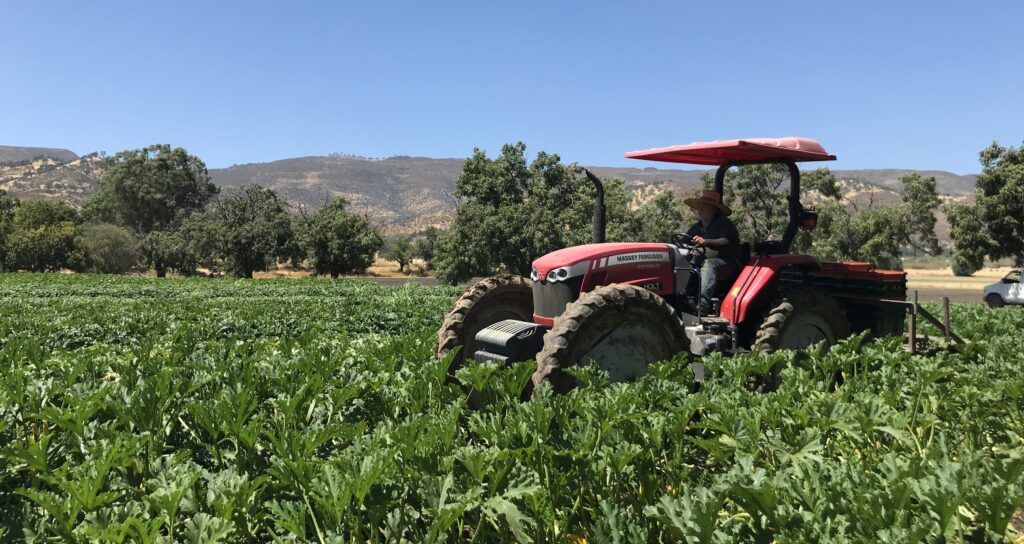
One of the blessings – among the many that have been bestowed upon us here at the farm – is how time, and its passing, matures our farm. The work done over many years of planting fruiting trees, fostering shade, and stewarding soil, tracking bluebirds, and making homes for bees and bats allows us to see a maturing pattern to this place. As we age, the farm does the same. The growth here isn’t just in the crops we produce each year, but in the deepening diverse community of life that resides here.
As an example, the farm becomes a welcoming habitat for winged guests who make it a stop on their annual migration north or south. I think they remember and return. Robins, bats (see the video below), starlings, hawks, western bluebirds, geese, and even ladybugs are seasonal visitors who find the farm a place of respite on their journeys. Our seasonal calendars are marked by the dance and song outside our kitchen window, the first bat’s flitting swoop at dusk, or the return of hawks to nest in the trees above our home. Perhaps they travel and tell the story to others of their kind of a welcoming place where there is diversity for the insect forager or fruit for those with a sweet beak.
In the hottest of summer days, we have made shade a regular part of the farm design, providing a 10-to-15-degree relief. Abundant fruit and nut crops are productive examples of the idea that “the best time to plant a tree was last year.” We planted orchards and hedges of trees and flowering shrubs in a pattern of interspersed sanctuaries alongside open fields. An integrated design for a farm should provide for more than “to market” cash crops. An integrated farm design incorporates needed sanctuary and sustenance of all lifeforms that are part of that design. Perhaps the mark of a sustainable farm or a healthy organic farm should be the abundance of lifeforms supported and nurtured in, on, and from the place.
Some of our trees are long-lived and can be maintained for extended lives with annual pruning and careful attention to their needs. Others, including some of the native trees, know the power of rooting deep and are patient in their approach to growth. Our oaks, native shrubs, and black walnuts require little each year. If we treat them to summer water, they thrive – if we don’t, they will find their moisture in winter rains or in strata of water-holding gravels deep underfoot.
They survive with the tools developed by their species over many years of adaptation. We watch and learn their lessons for survival in the extremes of heat, dry, cold, or wet. Deep rootedness, thriftiness, self-pruning, making shade for the next generation, intertwining roots to resist the strongest wind and to connect to other trees and plants nearby, and deep cover of thatched mulch that cools soil temps and preserves precious moisture are parts of adaption for longevity of their community. Not a bad model.
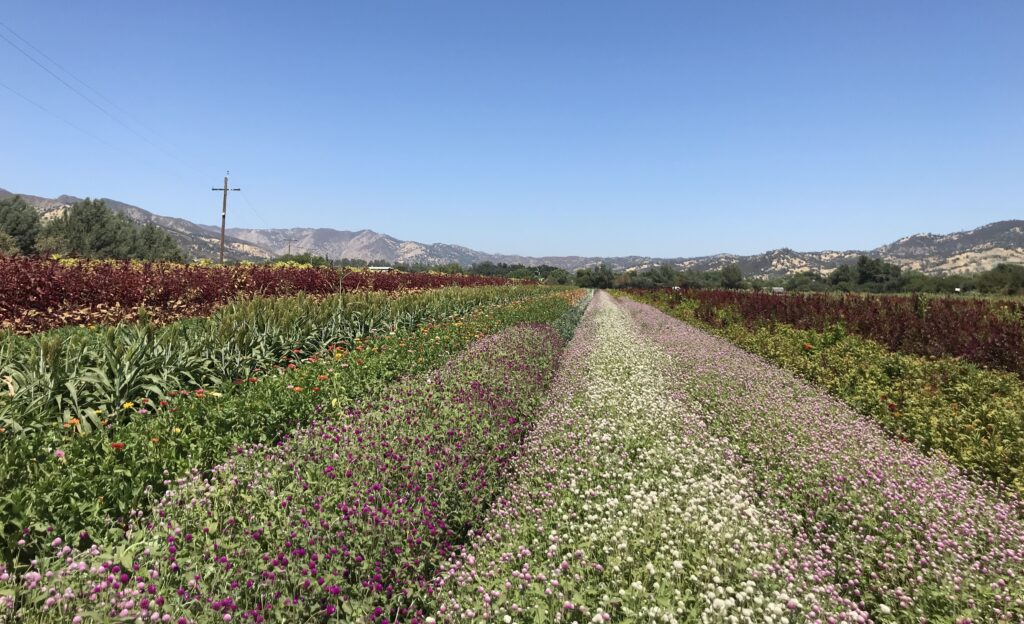
As we have been at this farm for more than 40 years now, we are but visitors in our glimpse of the integration of all species who over millenniums have successfully adapted to this place. Our business is farming – manipulating soil and seed to make good food. We manage the resources of sunlight, water, labor, and soil in this place and within the parameters drawn in the given season to make abundance. We are not passive tenants here. We aim to be stewards of the complex ecology that can be nurtured with good design and mindful care.
Most often, we live in wonder about who shows up here to be part of the season. Without the habitat diversity we would never know that these species are looking for us to remember their home and needs. We are (hopefully) mindfully manipulating to mimic what time and an environment without a hand might evolve. What happens is the regular that we make, and the unexpected that shows up – serendipity – bringing delight, awe and a bit of humility.
Monocultures and fields that have only crops – much of the vast and remarkable Central Valley of California – fail in their design to invite awe and delight to the table. In fact, misplaced thinking about “food safety” creates an impulse to a sterile countryside – no trees or weedy edges or borders for habitat. The resulting “safety of sterility” demanded by those who see imagined danger in these spaces has resulted in rules that build for quite the opposite of what we seek to do here. Productivity – tons or bushels or boxes per acre – is a narrow measure. Farmers assume enough risk and often get paid for only that one measure, while nature waits for sanctuary to be called back.
Alongside native peoples and with utmost respect, we need to develop our native mind. Their knowledge may help us understand right relationship in food production in an integrated natural world. They might help us know the brothers and sisters who share our world and their needs and have perspective on 10,000 years. If we can humbly combine their knowledge and stories with what science teaches us, we may be helped to understand what might be needed to delight in the next 10,000.
Without diversity, there are fewer lessons presented and little insight into how nature itself will adapt to climate change, elevated greenhouse gasses, ocean rise, and all the political instability that might result. But nature’s perspective always involves time- time to adapt and to create what will come next. On our small farm here, we seek to listen and see as we act to learn the wisdom of that history.
Paul Muller
Source link
2024-08-12 15:23:35
Karl Hoffman is a distinguished agriculturalist with over four decades of experience in sustainable farming practices. He holds a Ph.D. in Agronomy from Cornell University and has made significant contributions as a professor at Iowa State University. Hoffman’s groundbreaking research on integrated pest management and soil health has revolutionized modern agriculture. As a respected farm journalist, his column “Field Notes with Karl Hoffman” and his blog “The Modern Farmer” provide insightful, practical advice to a global audience. Hoffman’s work with the USDA and the United Nations FAO has enhanced food security worldwide. His awards include the USDA’s Distinguished Service Award and the World Food Prize, reflecting his profound impact on agriculture and sustainability.

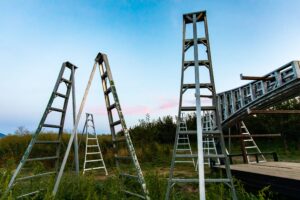
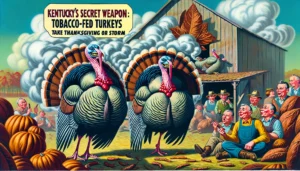
The power of the internet is in its ability to provide knowledge to anyone, anywhere. ??